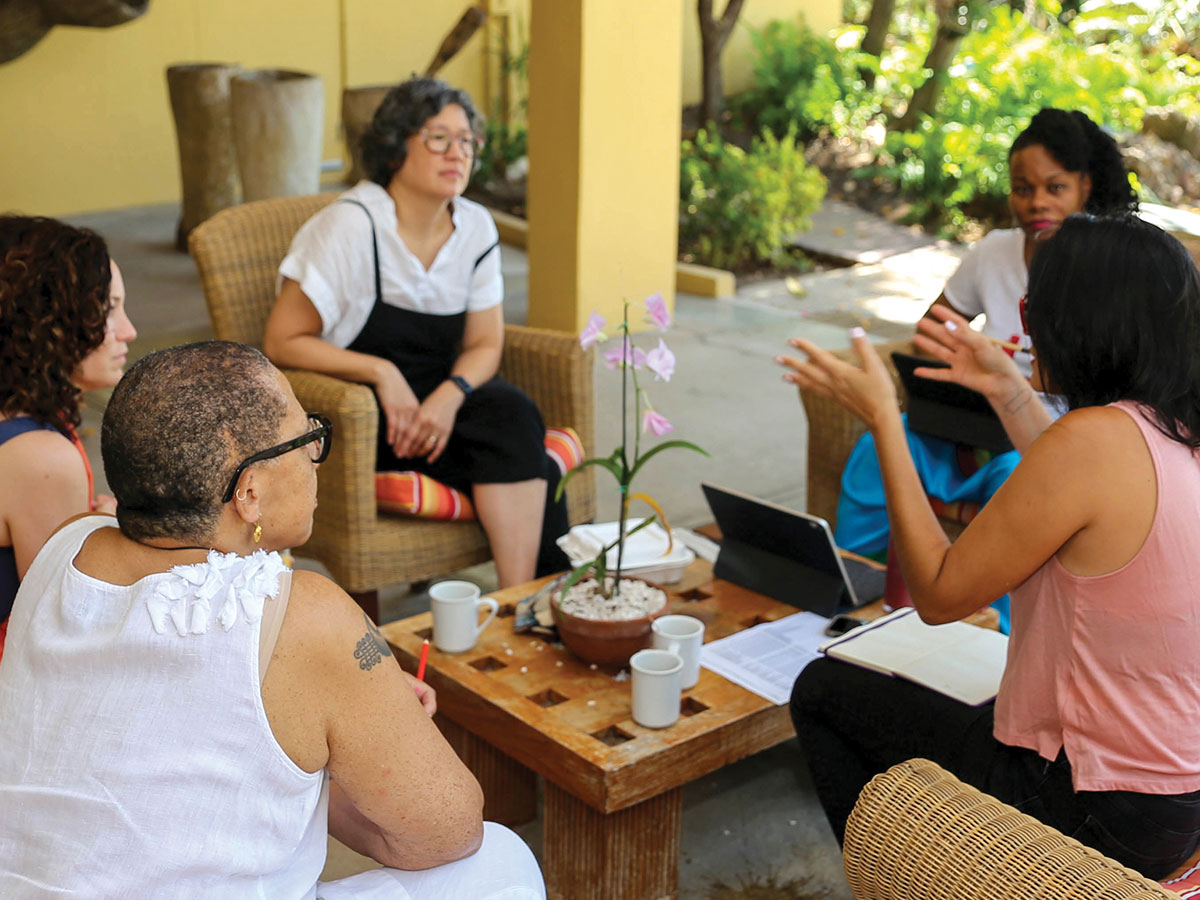
Dear Dr. Streamline,
Please accept this letter of inquiry (LOI) from my hardworking nonprofit organization. I would like to inquire: What the *&$@) is the point of an LOI?
I have a boilerplate proposal that I can readily amend to meet the precious particular needs of each foundation from which we seek funding. Why in the world would a grantmaker want to begin instead with a short letter in which I can’t adequately explain the critical nature of the problem we address, how we do so, and the rest of our qualifications? I could go on, but that might take us into full proposal mode.
Inquiring Minds Want to Know
Dear Inquiring,
Thanks for your inquiry, in which you’ve failed to provide sufficient detail to allow us to accurately understand your work. That another form of frustration you’re referring to?
Got it. Yes. There are disadvantages to LOIs. And the one you raise is definitely a significant one. Revising for brevity is usually harder than writing at more length.
So why and when does the Dr. recommend use of an LOI?
LOIs can reduce the burden on nonprofits. They are (or should be) briefer than full applications, so especially when there is no boilerplate waiting in the wings, LOIs can be a less time-consuming way for an NPO to test for a possible match with a funder. LOIs also typically don’t require the full array of attachments. In a competitive grantmaking process, most organizations would rather spend a few hours on a brief LOI and learn early that they aren’t a good fit for funding than devote days to crafting a rigorous full proposal and receive that same response. Nonetheless, it’s also true that successful LOIs lead to another round of work for applicants.
LOIs work for funders who want to get a sense of the array of options available to them as they begin to step into a new funding area – and they know they don’t have the funds to support all the good work that’s out there. Sorting through 60 two-to three-page letters is a lot easier than reading 60 six-to-ten pages of full proposals. For the scrupulous funder, doing this in a way that is less onerous for prospective grantees can be an acceptable balancing act. LOIs can also be a good way for a funder to “stage” a competitive grantmaking process, so that only the most likely-to-succeed applicants have to do the bulk of the proposal work. In theory, a good LOI means that once you advance to the full proposal stage, your organization has a good chance of being funded.
This said, it’s important for foundations to set realistic expectations for what they can and can’t learn in an LOI, and to judge accordingly. If the LOI doesn’t tell the funder enough to make a solid first cut of a significant number of applicants, it would save everyone work to go right to requesting proposals – especially if the proposal itself is streamlined. Dr. Streamline also encourages grantmakers to provide very clear and comprehensive information to prospective applicants to help them weigh the value of creating a new LOI, such as the total amount of funding to be given and an estimate of how many grants or size of grants to be awarded. It’s also important for applicant nonprofits to play fair: mind the guidance on length of LOI and address all questions.
For more on LOIs, you can read Dr. Streamline’s 2015 blog on the topic: Unpacking the LOI. Tell us about your experience: when have you used LOIs successfully? Major fails? Comment below.


